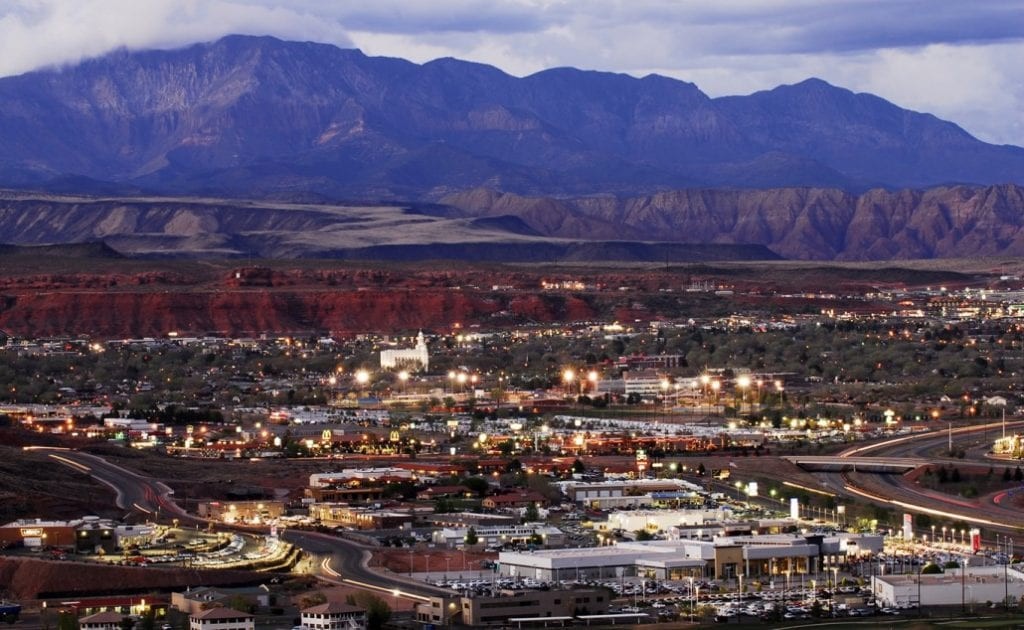A short history of the St. George, Utah Establishment
St. George's first citizens
St. George's history is fascinating. St. George's first citizens, Virgin River Anasazi, lived in the region between around 200 B.C. and 1200 A.D. The stone sculpture and the remnants of their homes were left behind. It's unknown to this day why they were leaving the area. From 1100 to 1200 A.D., the Paiute tribe arrived, hunting for deer, rabbits and other animals. On the riverbeds, the Paiutes also planted crops like maize, wheat and melon. The Dominguez-Escalante Party was the first European American to explore the region in 1776. Followed were fur trappers and state survey parties.
LDS Church
In 1854, in Santa Clara, two miles northwest of the modern St. George, a Church of Jesus Christ of Holy Latterdays (commonly known as the LDS Church, or the Mormon Church) established an Indian mission. In 1857-1858, in St George Valley, the church created experimental farms. Church leaders summoned 309 families to begin the Cotton Mission in October 1861.
The LDS Church President Brigham Young deemed it essential to cultivate cotton after the commencement of the Civil War that same year. Many of the families sent to colonize the region had the expertise to cultivate cotton and build a south community. Those colonists named the area "Utah'S Dixie," paying tribute to their old home's name.

